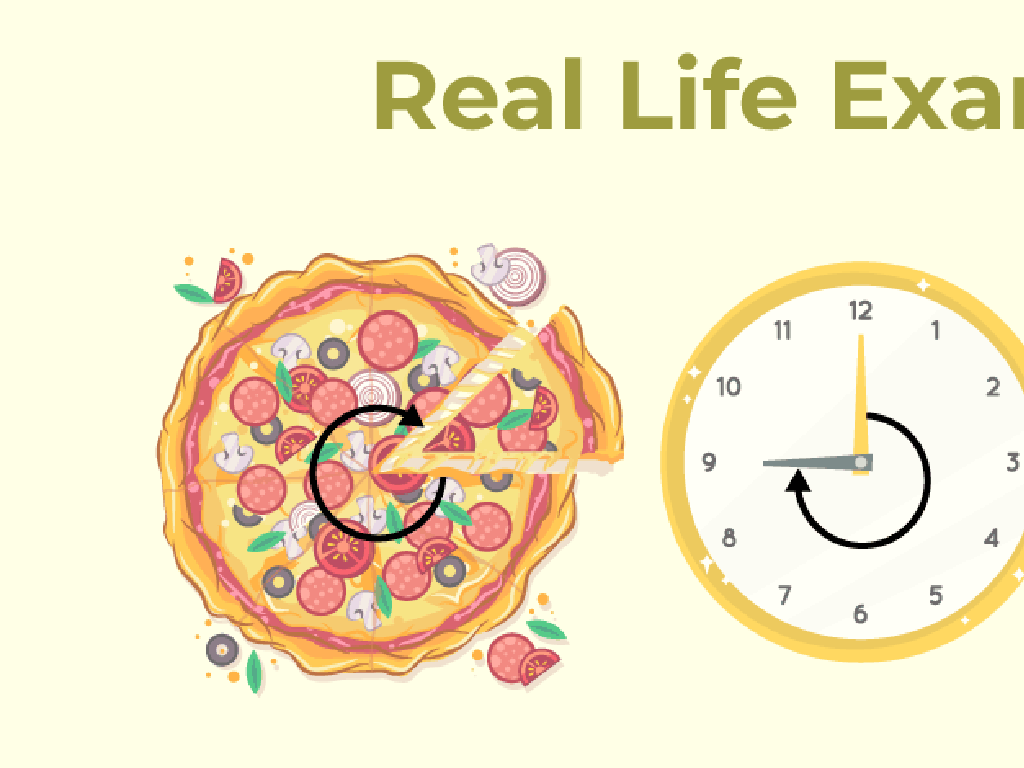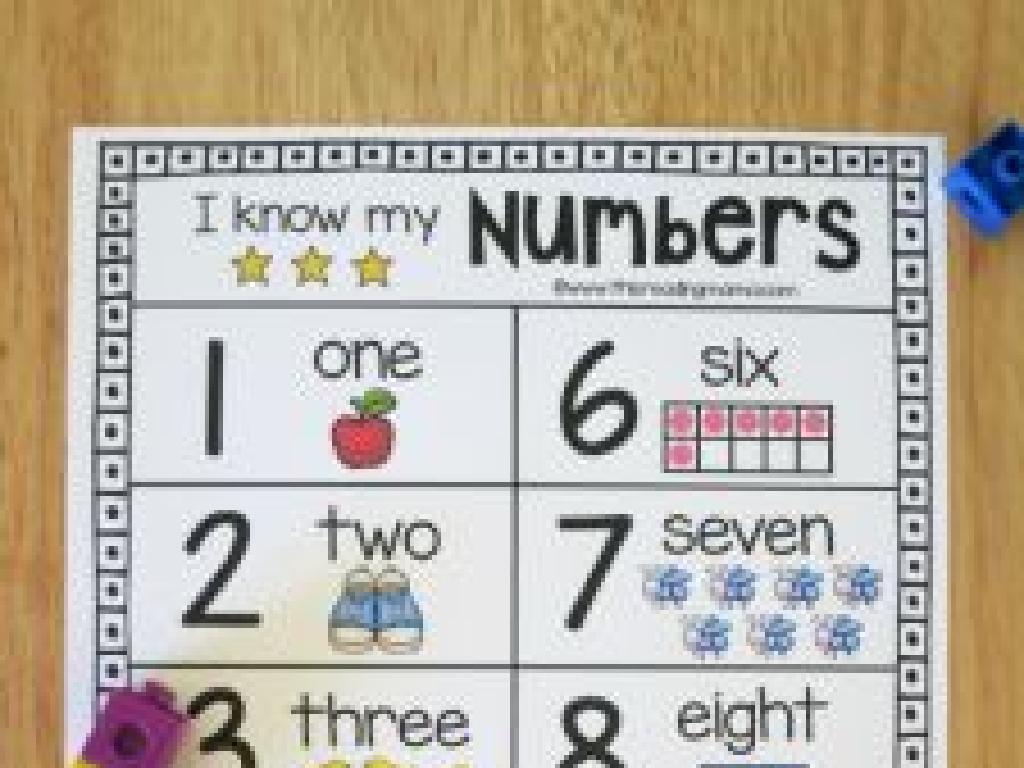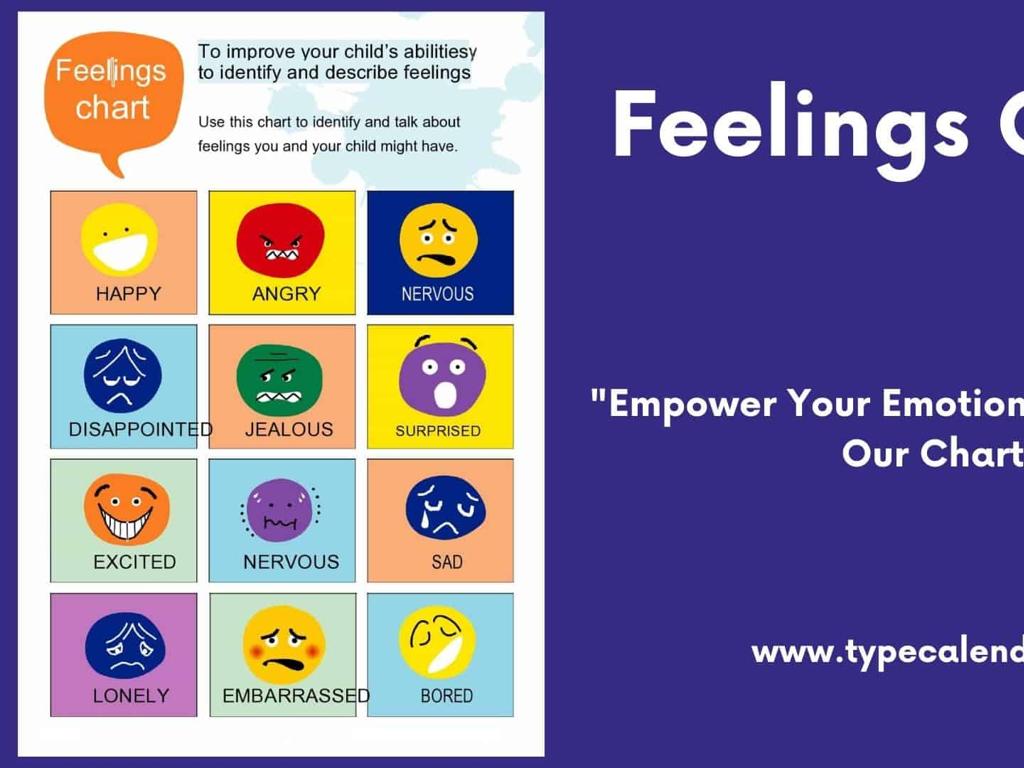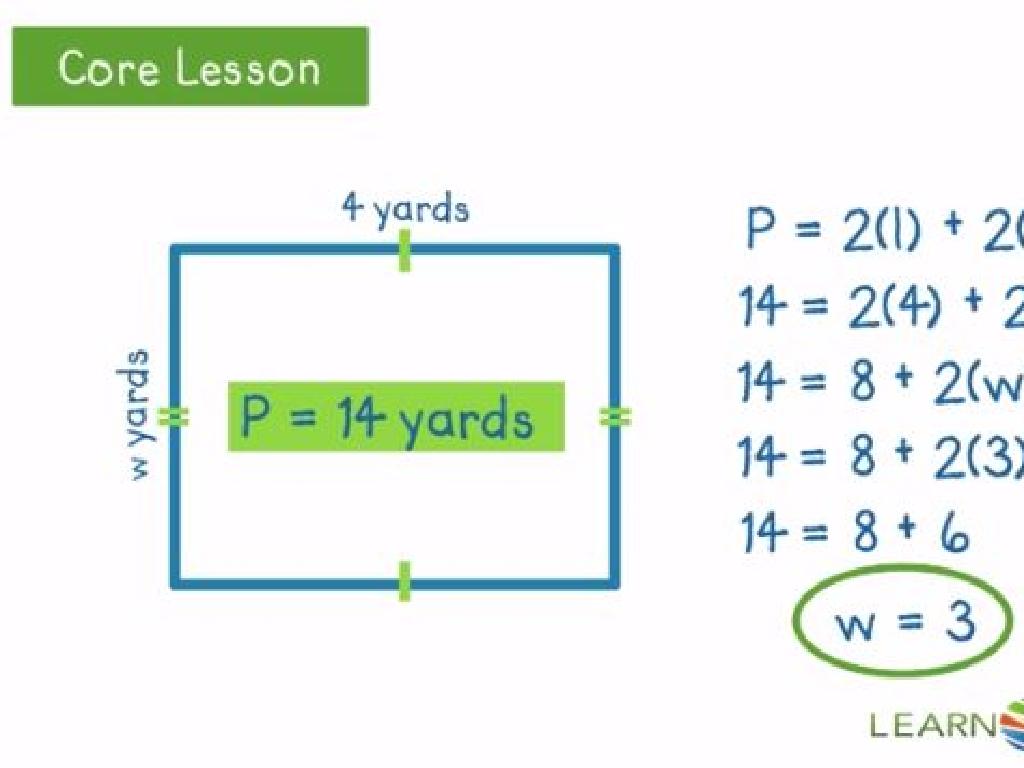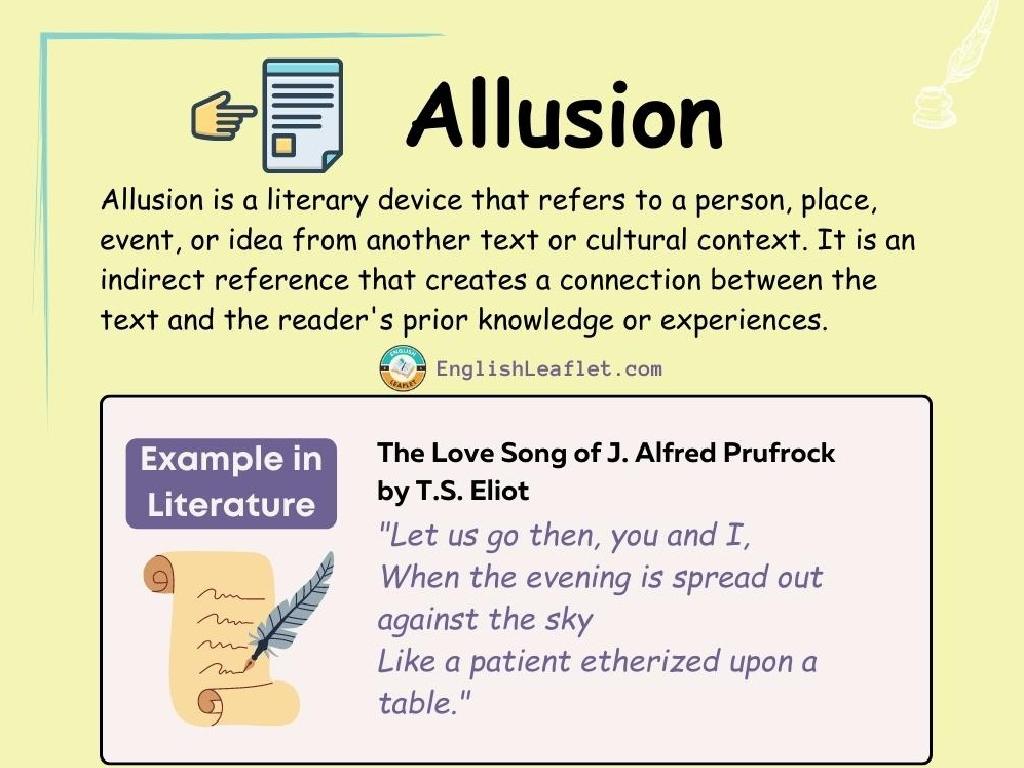Classify Rocks And Minerals By Color, Shape, And Texture
Subject: Science
Grade: Third grade
Topic: Rocks And Minerals
Please LOG IN to download the presentation. Access is available to registered users only.
View More Content
Welcome to Rocks and Minerals!
– Today, we’re young geologists
– Exploring Earth’s treasures
– Learning about rocks and minerals
– Rocks are made of minerals. Minerals are solid, natural substances
– Classifying by color, shape, texture
– We’ll observe and sort them based on their appearance
|
In this introductory slide, we aim to spark the students’ interest in geology, the study of Earth and its components. We’ll explain that rocks are the solid foundation of our planet and are composed of different minerals. Minerals are naturally occurring substances with a definite chemical composition. Encourage the students to think like geologists, observing and categorizing rocks and minerals by their color, shape, and texture. This will help them understand the diversity of Earth’s geology. Provide examples of different rocks and minerals and how they can be classified, such as a smooth, round pebble (shape), a shiny piece of quartz (texture), or a red ruby (color).
Exploring Rocks: Nature’s Building Blocks
– Rocks are combinations of minerals
– Just like a cookie has chips, rocks have minerals!
– Rocks vary in size, color, and shape
– Some are big, some are small; they can be many colors and shapes
– Examples: Granite, Limestone, Sandstone
– Granite is often speckled, Limestone is usually light, Sandstone can be gritty
|
This slide introduces students to the basic concept of rocks and their characteristics. Emphasize that rocks are made up of different minerals, much like ingredients in a recipe. Discuss how rocks can be found in a variety of sizes, colors, and shapes, making each rock unique. Use examples like Granite, Limestone, and Sandstone to illustrate the diversity of rocks and encourage students to think of rocks as natural building blocks. Provide real samples or images if possible to enhance the learning experience. The goal is to help students recognize and classify rocks by their observable properties.
Exploring Minerals
– Minerals: natural, solid substances
– Every mineral has a crystal structure
– Crystals have flat sides that meet at sharp edges and points
– Quartz, Diamond, and Salt are minerals
– Quartz can be clear or colored, Diamond is very hard, Salt is in our food
– Observing minerals’ characteristics
– Look at color, shape, and texture to tell them apart
|
This slide introduces the concept of minerals to third-grade students. Minerals are defined as naturally occurring, solid substances with a unique crystal structure. Use examples like Quartz, which can be found in different colors, Diamond, known for its hardness, and Salt, which is common in everyday life, to illustrate the variety of minerals. Encourage students to observe and compare these minerals based on their color, shape, and texture. This will help them understand that each mineral has distinct properties that make it recognizable. In the next class, consider bringing samples or pictures of these minerals for students to examine and classify.
Colors of Rocks and Minerals
– Rocks & minerals: a color rainbow
– Color helps in identification
– Activity: Match colors to samples
– Find rocks/minerals and match with color cards
– Discuss your findings with class
– Share what you learned about each sample
|
This slide introduces the concept that rocks and minerals can be identified by their color, which is one of the most noticeable features. The activity involves students matching various rock and mineral samples to corresponding color cards. This hands-on experience will help solidify their understanding of the diversity in color among geological specimens. Teachers should prepare color cards and a variety of rock and mineral samples beforehand. Encourage students to observe carefully and discuss why certain rocks and minerals have specific colors. After the activity, facilitate a discussion where students can share their findings and reflect on what the colors indicate about the composition of the rocks and minerals.
Exploring Shapes and Textures of Rocks and Minerals
– Rocks & minerals have unique features
– Textures can be smooth, rough, or jagged
– Like a smooth pebble or a rough sandstone
– Shapes might be round or have edges
– Spheres, cubes, or irregular forms
– Activity: Touch & describe rock samples
– Use your hands to feel and talk about what you notice
|
This slide introduces students to the concept that rocks and minerals can be classified by their physical properties, such as shape and texture. The activity is designed to provide a tactile experience, where students can handle different rock and mineral samples to understand the variety of textures and shapes. Teachers should prepare a set of diverse samples for the students to touch and describe, guiding them to use descriptive words for their observations. Possible activities include matching textures to vocabulary words, sorting rocks by texture, and drawing their shapes. This hands-on approach will help solidify the students’ understanding of the lesson’s concepts.
Classifying Rocks and Minerals
– Group by features: color, shape, texture
– Like detectives, we use features to identify rocks and minerals
– Clues: color, shape, and texture
– These clues help us figure out what kind of rock or mineral we have
– Classify samples as a class activity
– We’ll look at real rock samples and decide where they fit based on their features
|
This slide introduces the concept of classification in geology. Explain to students that just like we can sort objects by size or type, we can also sort rocks and minerals by their features such as color, shape, and texture. Use examples like a red, smooth pebble or a jagged, white quartz. During the class activity, provide a variety of rock and mineral samples for students to handle and classify. Encourage them to discuss their observations with classmates and make a chart to categorize their samples. This hands-on activity will help solidify their understanding of classification by using physical properties they can see and touch.
Let’s Be Geologists!
– Geologists: Earth’s scientists
– They explore and study the planet’s substances.
– Classification: Sorting rocks
– They group rocks & minerals to study them better.
– Junior geologists: That’s you!
– Observe color, shape, texture
– Use your senses to notice differences.
|
In this slide, we introduce the students to the role of geologists and the importance of classification in geology. Geologists are scientists who study the Earth, focusing on its solid matter, such as rocks and minerals. They classify these materials by various properties to better understand their composition and origin. As junior geologists, students will learn to observe and classify rocks and minerals based on their color, shape, and texture. This is a hands-on approach to science that encourages observation and critical thinking. Provide examples of different rocks and minerals and how they can be classified. Encourage students to bring in their own rock samples for the next class if possible.
Class Activity: Rock and Mineral Hunt
– Let’s hunt for rocks and minerals!
– Classify your finds by color, shape, texture
– Is it red, round, smooth? Or gray, jagged, rough?
– Work in teams to find 3 unique items
– Use your knowledge to identify them
– Think like a scientist: What kind of rock or mineral is it?
|
This activity is designed to get students actively involved in their learning by exploring their environment to find and classify rocks and minerals. Before heading out, review the classification criteria: color, shape, and texture. Divide the class into small groups to encourage teamwork. Provide each group with a worksheet to record their findings. As they find rocks and minerals, they should discuss within their teams how to classify them based on their observations. After the hunt, regroup and have each team share their findings and the classification of each item. This will reinforce their understanding and allow them to apply what they’ve learned in a practical setting. Possible variations of the activity could include finding the smoothest rock, the most colorful mineral, or creating a rock collection to display in the classroom.
Review and Share: Classifying Rocks and Minerals
– Review rocks and minerals concepts
– Share findings from our rock hunt
– Show and tell the rocks and minerals you found
– Discuss classification choices
– Explain why you grouped rocks by color, shape, or texture
– Understand classification reasons
– Learn how each property helps identify rocks and minerals
|
This slide is meant to recap the key points of classifying rocks and minerals and to facilitate a discussion among students about their findings from the rock hunt activity. Encourage students to share the rocks or minerals they collected, and articulate the reasons behind their classification based on color, shape, and texture. This will help reinforce their understanding of the properties of rocks and minerals. As they discuss, guide them to see the patterns and logic used in their classification, and how these properties are used by scientists in the real world to identify and categorize geological specimens.
Junior Geologists: Wrap-Up
– Congrats, amazing junior geologists!
– Share your interesting rock/mineral
– Think about color, shape, texture
– Questions about rocks and minerals?
– Reflect on what we’ve learned
– How do these properties help classify?
|
This slide aims to conclude the lesson on rocks and minerals by celebrating the students’ efforts in learning how to classify them. Encourage the children to reflect on their discoveries and share the most interesting rock or mineral they found, focusing on its color, shape, and texture. Open the floor for any questions they might have, ensuring they feel comfortable and curious about the topic. Lastly, prompt them to think about how the properties they’ve learned help in classifying rocks and minerals. This reflection reinforces their understanding and allows them to apply their knowledge.

